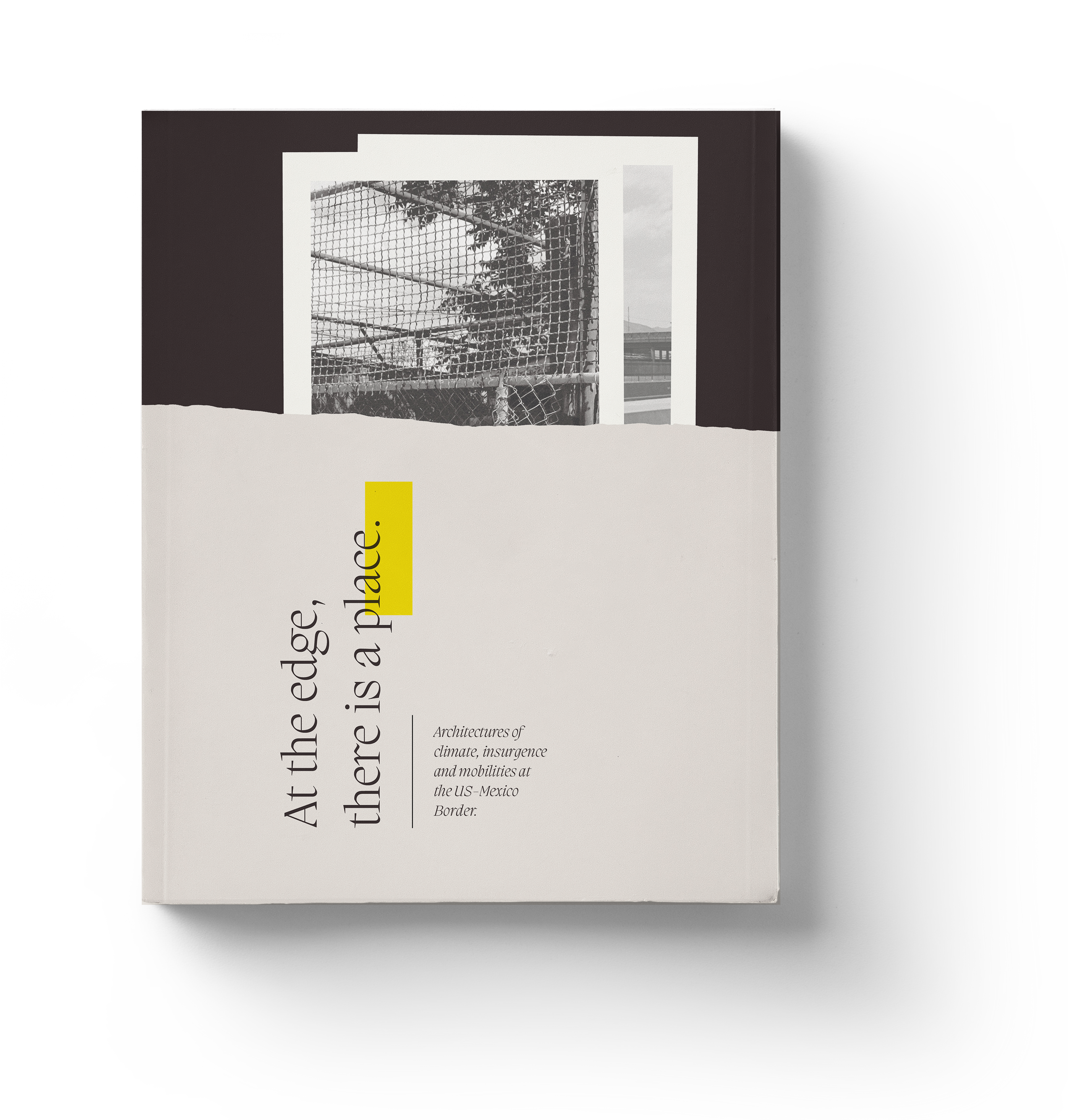The US-Mexican border es una herida abierta [is an open wound] where the Third World grates against the First, and bleeds. And before a scab forms it hemorrhages again, the lifeblood of two worlds merging to form a third country - a border culture made up of entangled inbetweens.
-- Anzaldúa, La Frontera (1987)
“Borderlands” is an ongoing design and research enquiry led across multiple disciplines: academia/research, design and material exploration. It focuses on issues of climate adaptation, climate justice, climate mobilities, dignity and adaptation at the US-Mexico border.
The project uses collaborative and participatory methodologies to investigate the role that space and architecture play in access to place, dignity and community at the US-Mexico border. Collaborating with grassroot groups along panamerican migration routes, it retraces the journeys of climate migrants and records low-tek, indigenous and emerging building methods and materials such as adobe, clay or bamboo. In El Paso, USA, and Ciudad Juarez, MX it challenges the role that architecture has too often played as a tool of deterrance and exclusion, instead proposing bottom-up self construction and the repair of abandonned industrial buildings as a generator of social, economic and cultural opportunities.
The project has been ongoing since 2020 and currently has three major outputs:
︎︎︎ Essays and a research thesis
︎︎︎ A set of design investigations
︎︎︎ A series of investigative infographics
︎︎︎ A live project in Guatemala
The project is currently submitted for a new set academic research grants as we enter implementation phase in Petèn, Guatemala. We are actively looking for collaborators and sponsors. For more, click here ︎︎︎
Collaborating institutions: UTEP, Center for Inter-American Relations and Border Studies, Dame la Mano Shelter, Casa Del Migrante, IMIP Mexico, The Canelo Project, Journeys in Conservation, Organizacíon Ecologica Sol y Verde
The project has been supported by the University of Cambridge, the Royal Institute of British Architects, the Martin Research Center, and received a grant from the RIBA and Wren Association to support its initial 6 months of fieldwork. It was recently awarded the Morgan Sindall prize and a RIBA Silver Medal nomination.
This projected was funded though the support of:
![]()
“Borderlands” is an ongoing design and research enquiry led across multiple disciplines: academia/research, design and material exploration. It focuses on issues of climate adaptation, climate justice, climate mobilities, dignity and adaptation at the US-Mexico border.
The project uses collaborative and participatory methodologies to investigate the role that space and architecture play in access to place, dignity and community at the US-Mexico border. Collaborating with grassroot groups along panamerican migration routes, it retraces the journeys of climate migrants and records low-tek, indigenous and emerging building methods and materials such as adobe, clay or bamboo. In El Paso, USA, and Ciudad Juarez, MX it challenges the role that architecture has too often played as a tool of deterrance and exclusion, instead proposing bottom-up self construction and the repair of abandonned industrial buildings as a generator of social, economic and cultural opportunities.
The project has been ongoing since 2020 and currently has three major outputs:
︎︎︎ Essays and a research thesis
︎︎︎ A set of design investigations
︎︎︎ A series of investigative infographics
︎︎︎ A live project in Guatemala
The project is currently submitted for a new set academic research grants as we enter implementation phase in Petèn, Guatemala. We are actively looking for collaborators and sponsors. For more, click here ︎︎︎
Collaborating institutions: UTEP, Center for Inter-American Relations and Border Studies, Dame la Mano Shelter, Casa Del Migrante, IMIP Mexico, The Canelo Project, Journeys in Conservation, Organizacíon Ecologica Sol y Verde
The project has been supported by the University of Cambridge, the Royal Institute of British Architects, the Martin Research Center, and received a grant from the RIBA and Wren Association to support its initial 6 months of fieldwork. It was recently awarded the Morgan Sindall prize and a RIBA Silver Medal nomination.
This projected was funded though the support of:

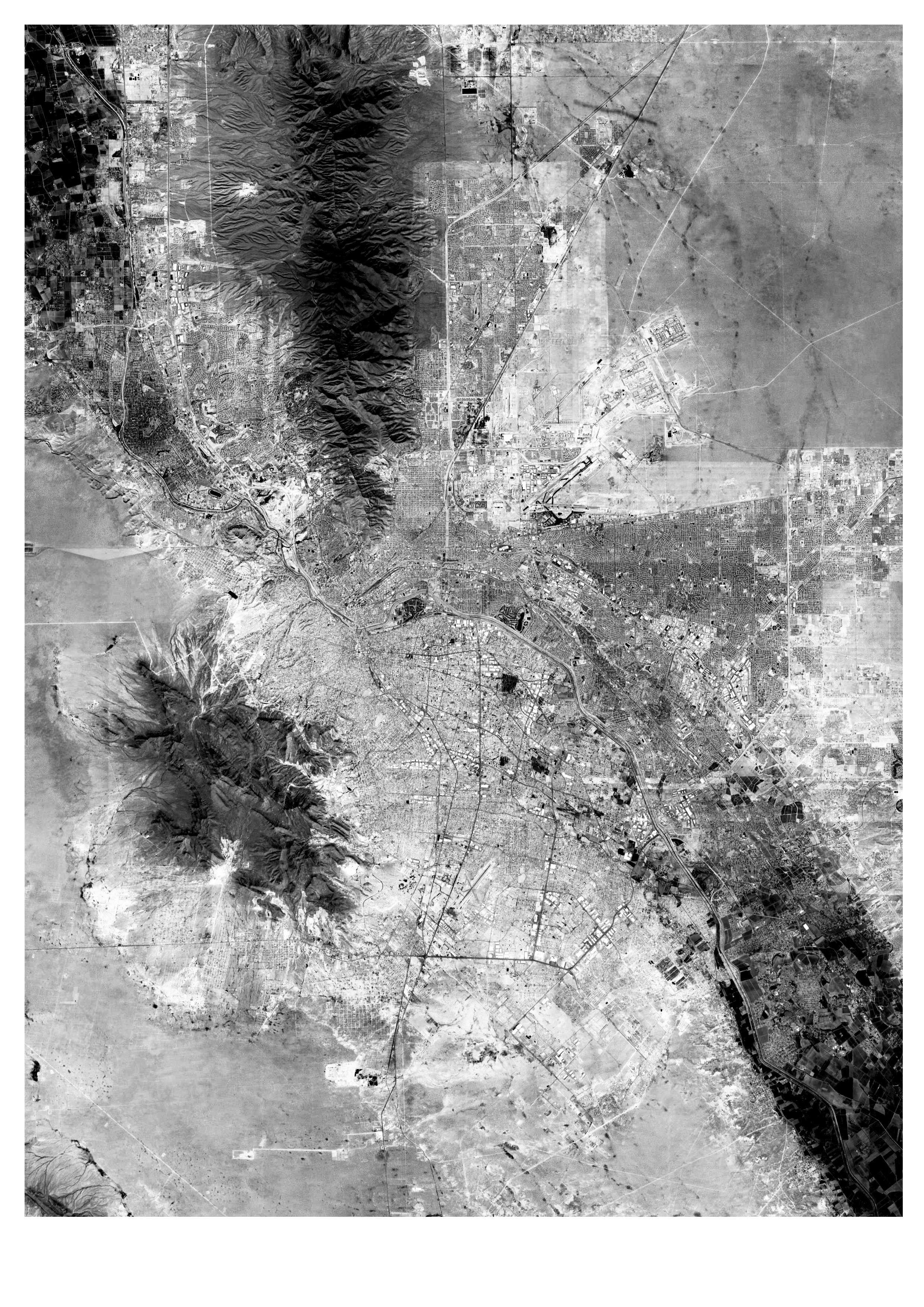
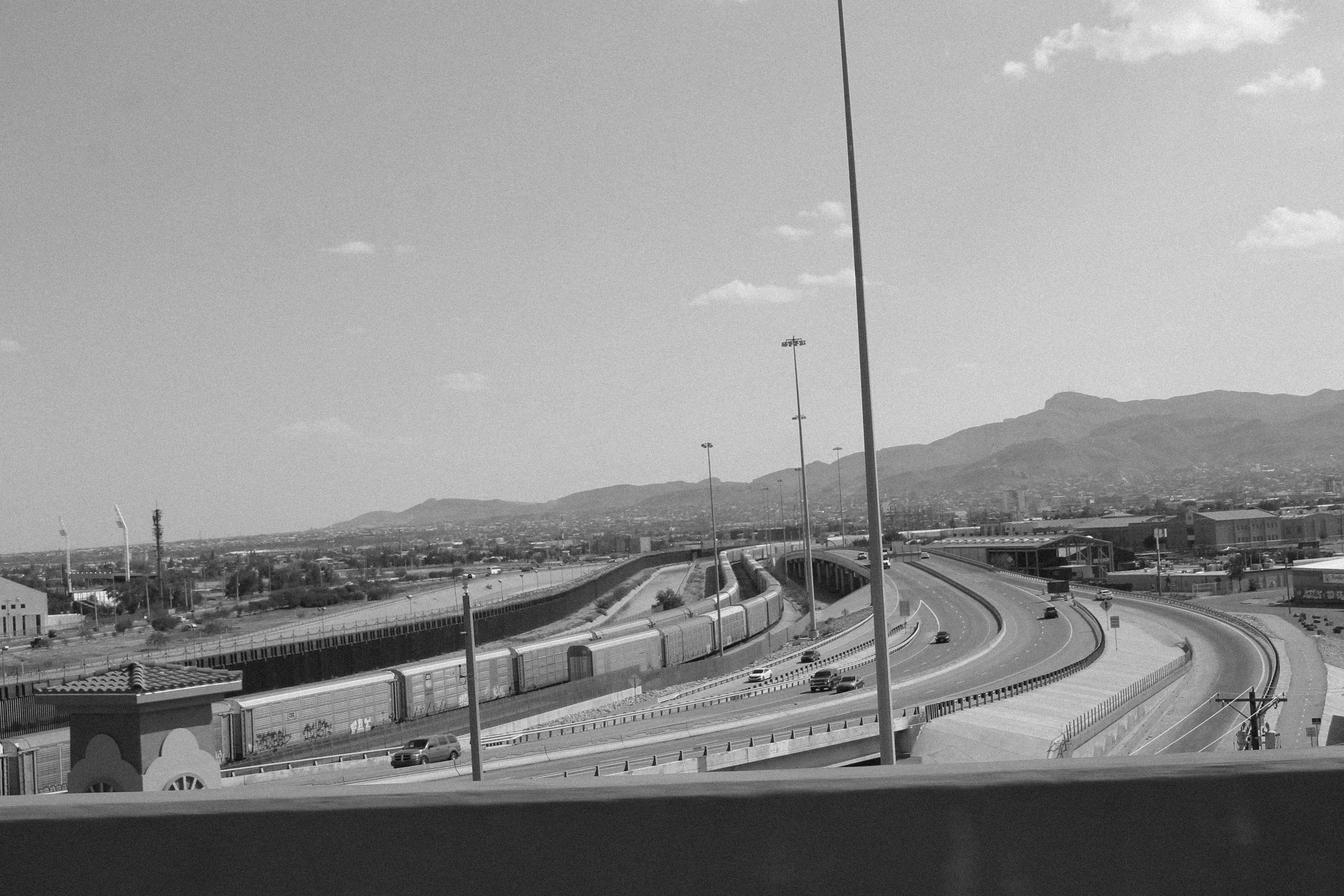

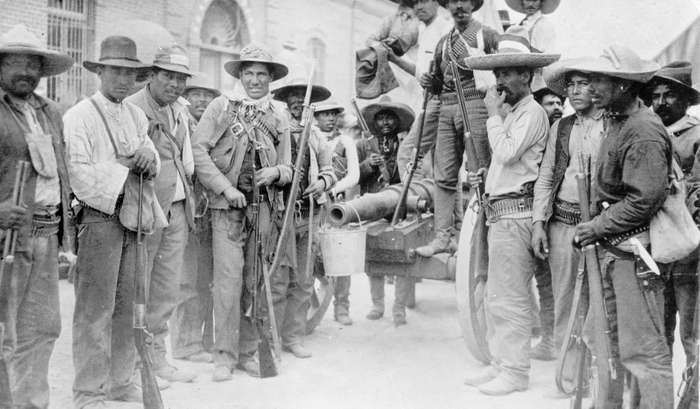
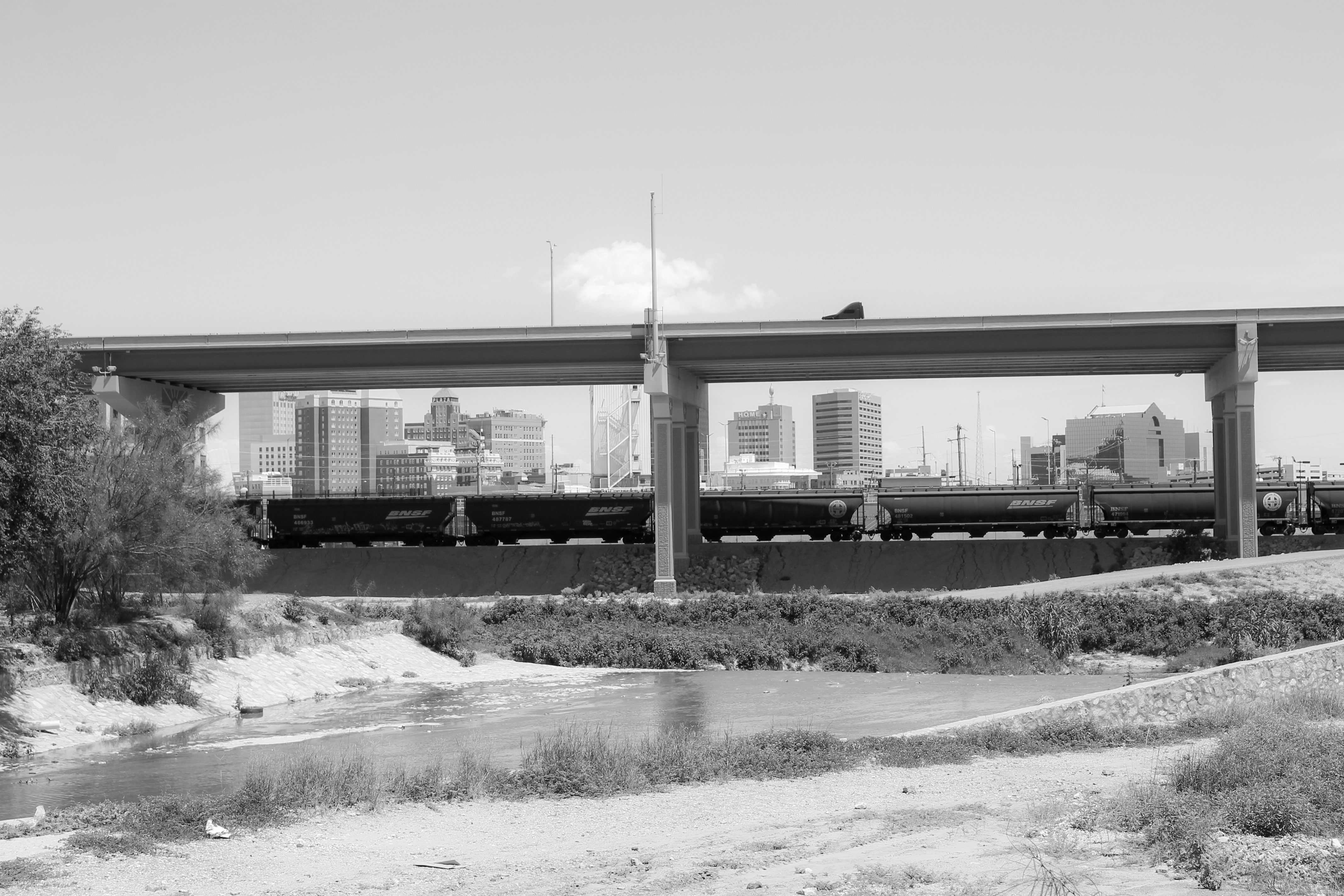




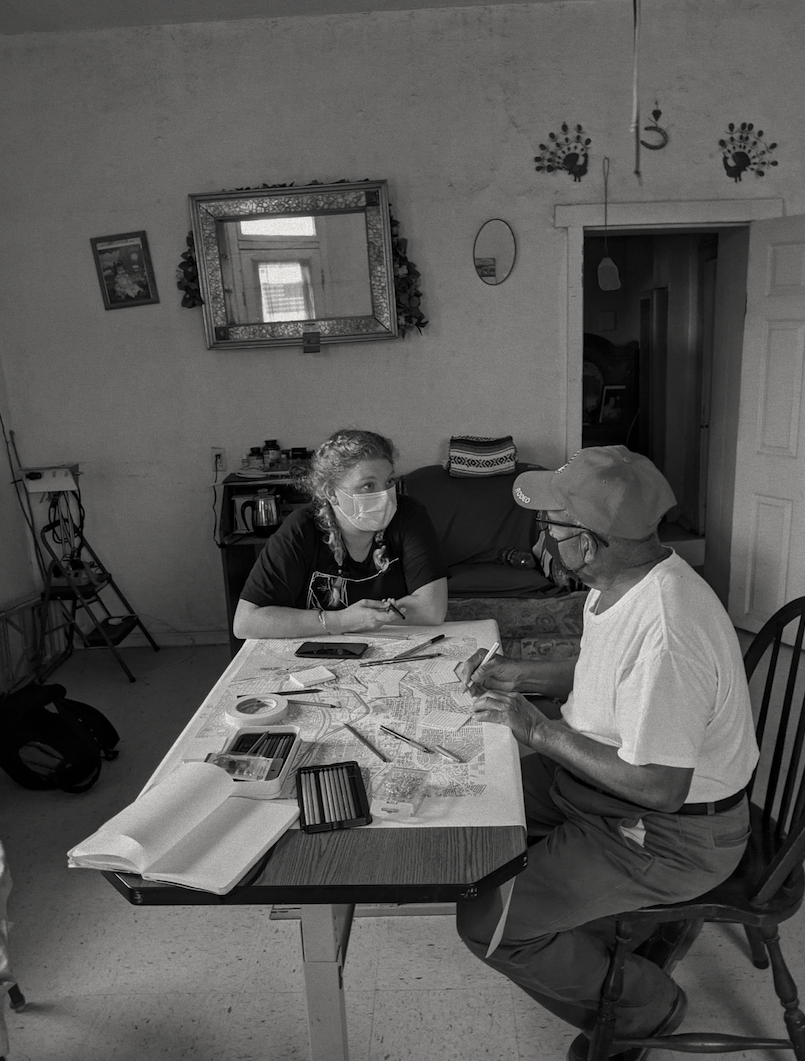





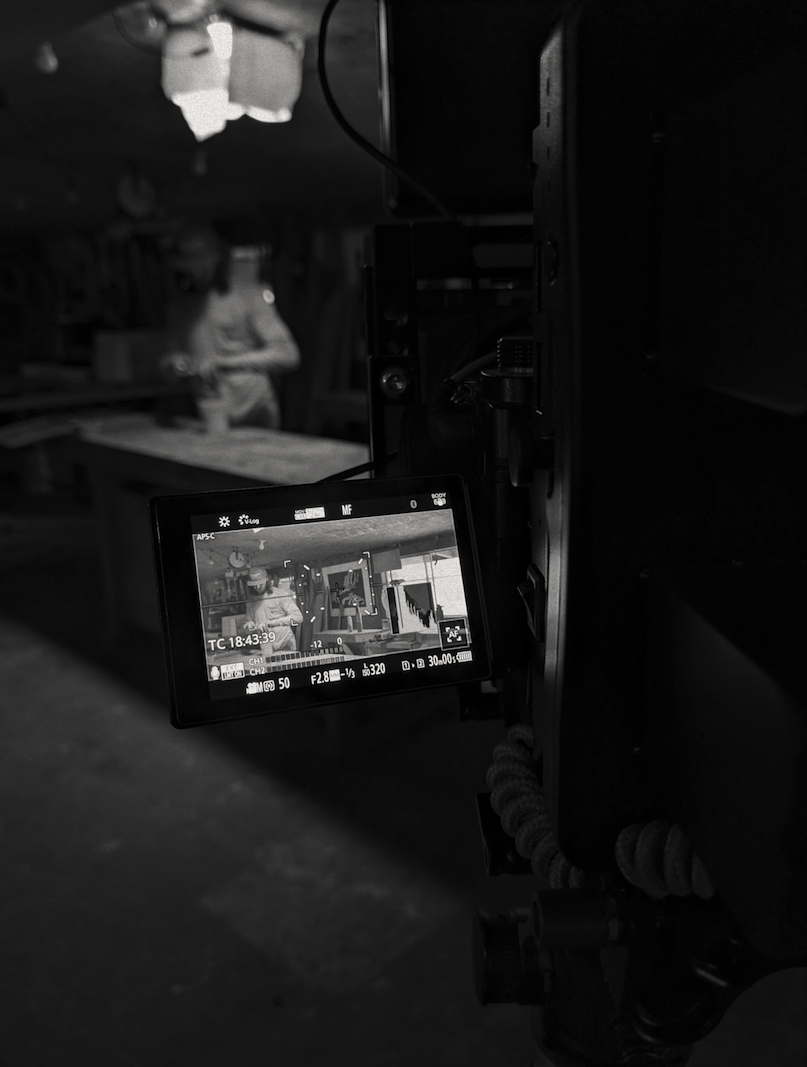







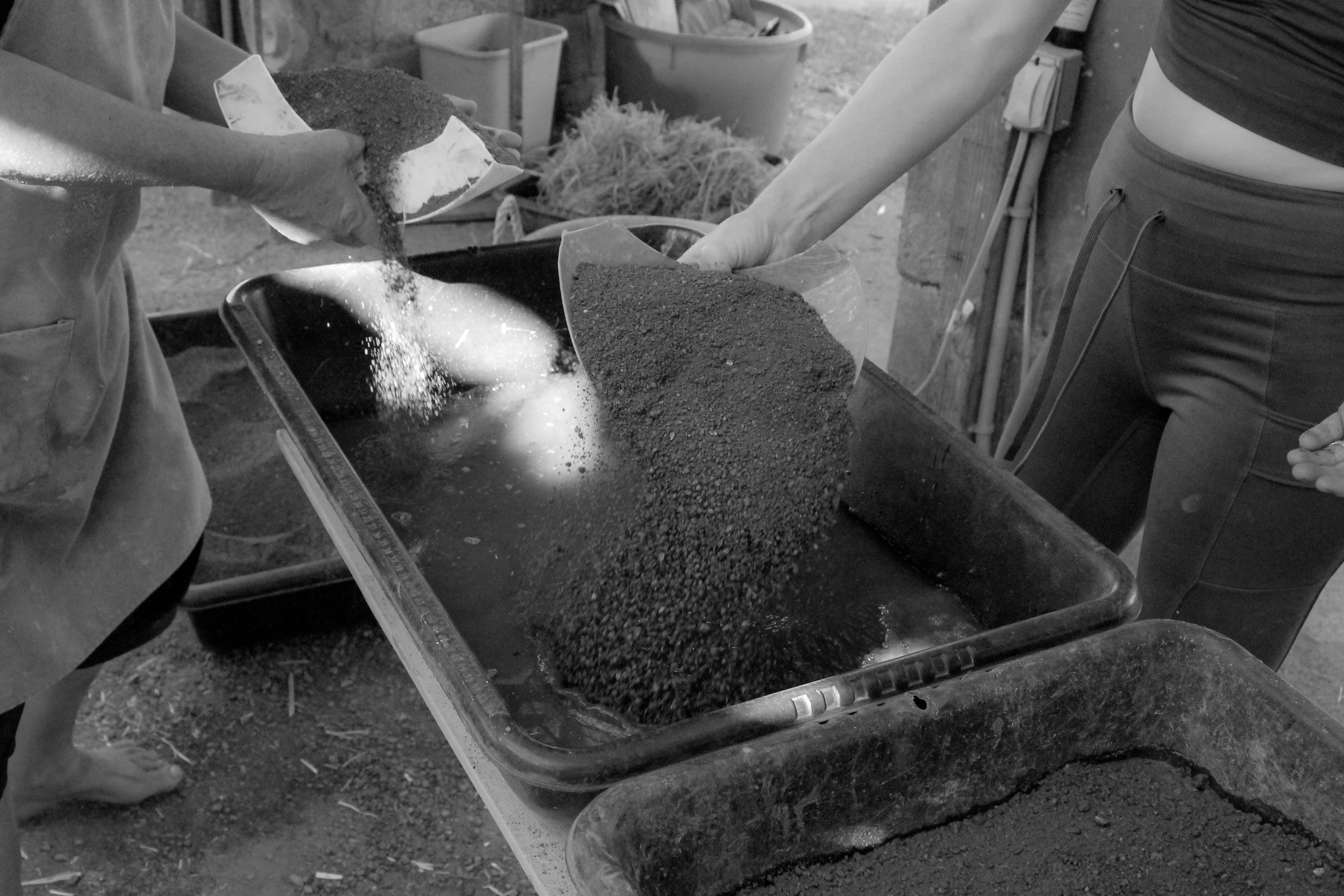




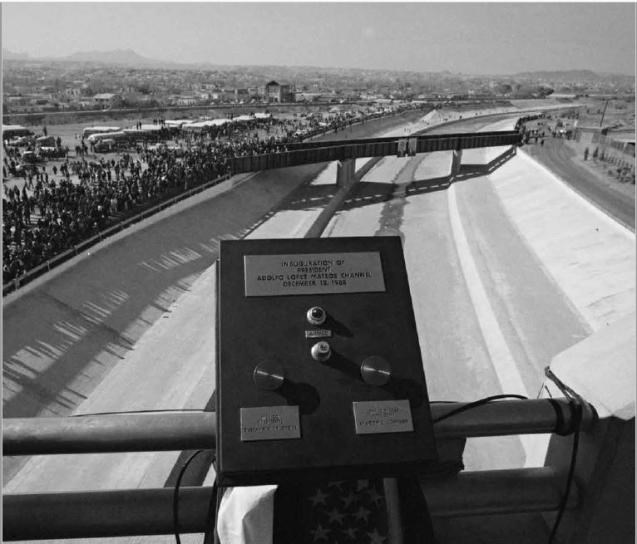




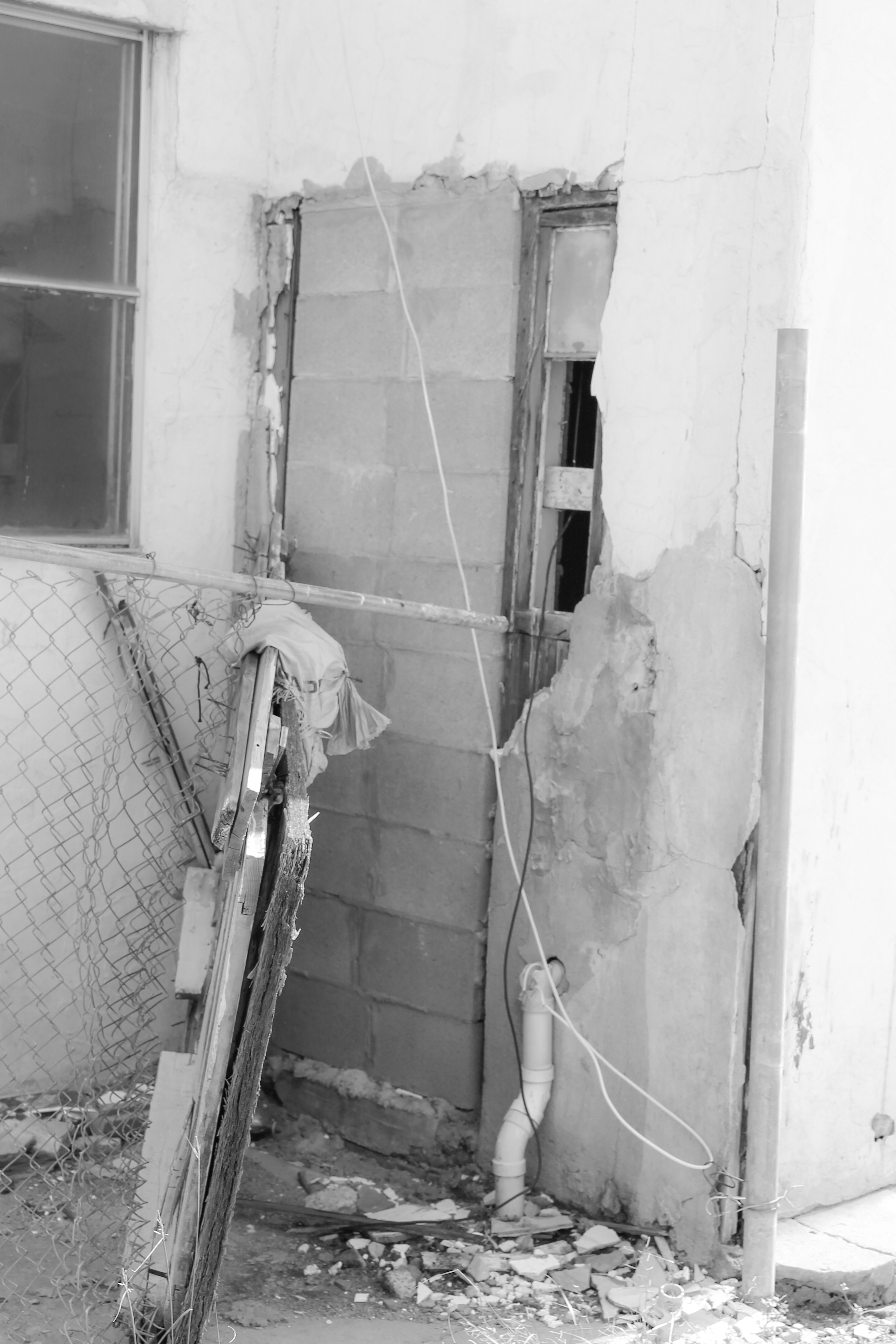
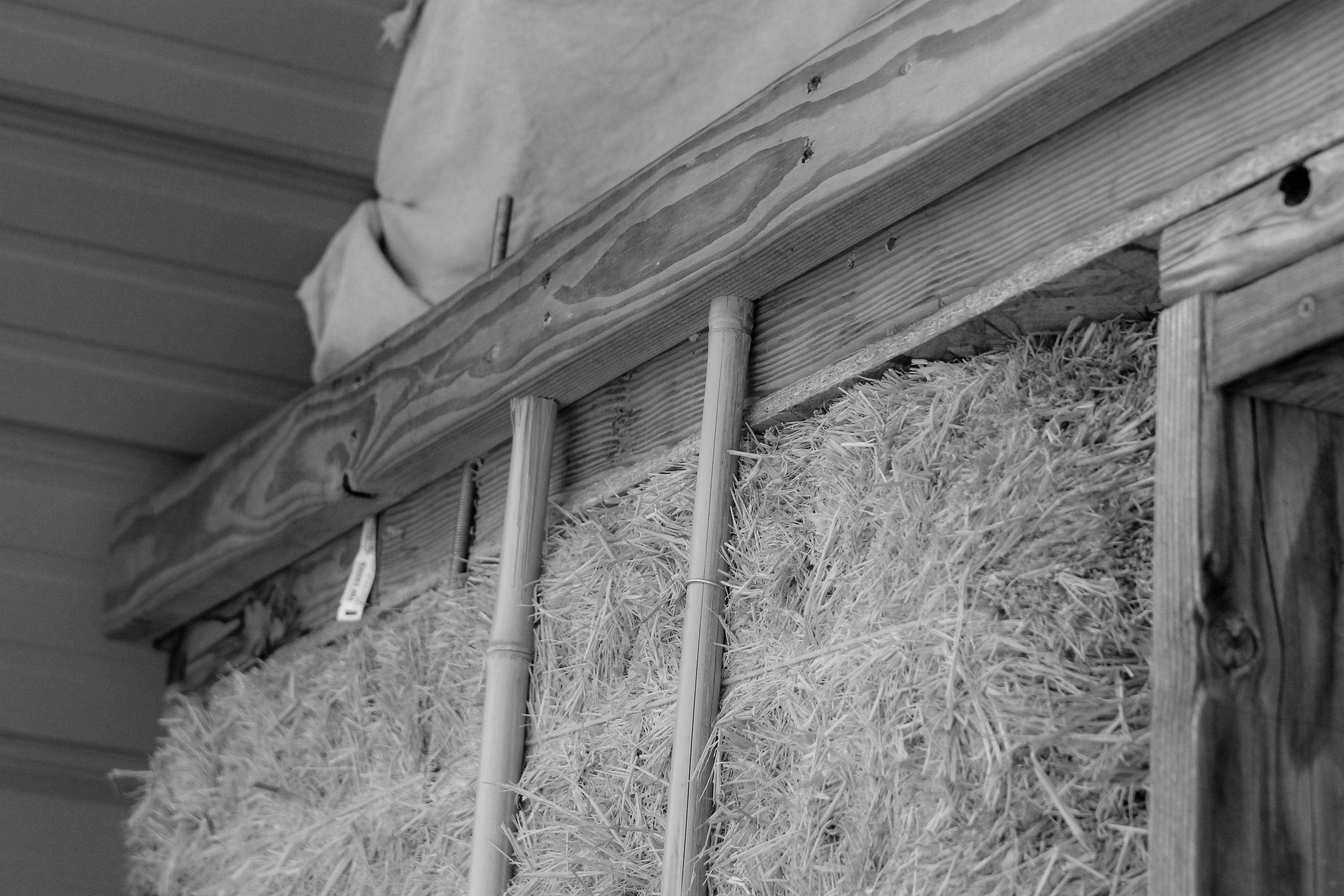
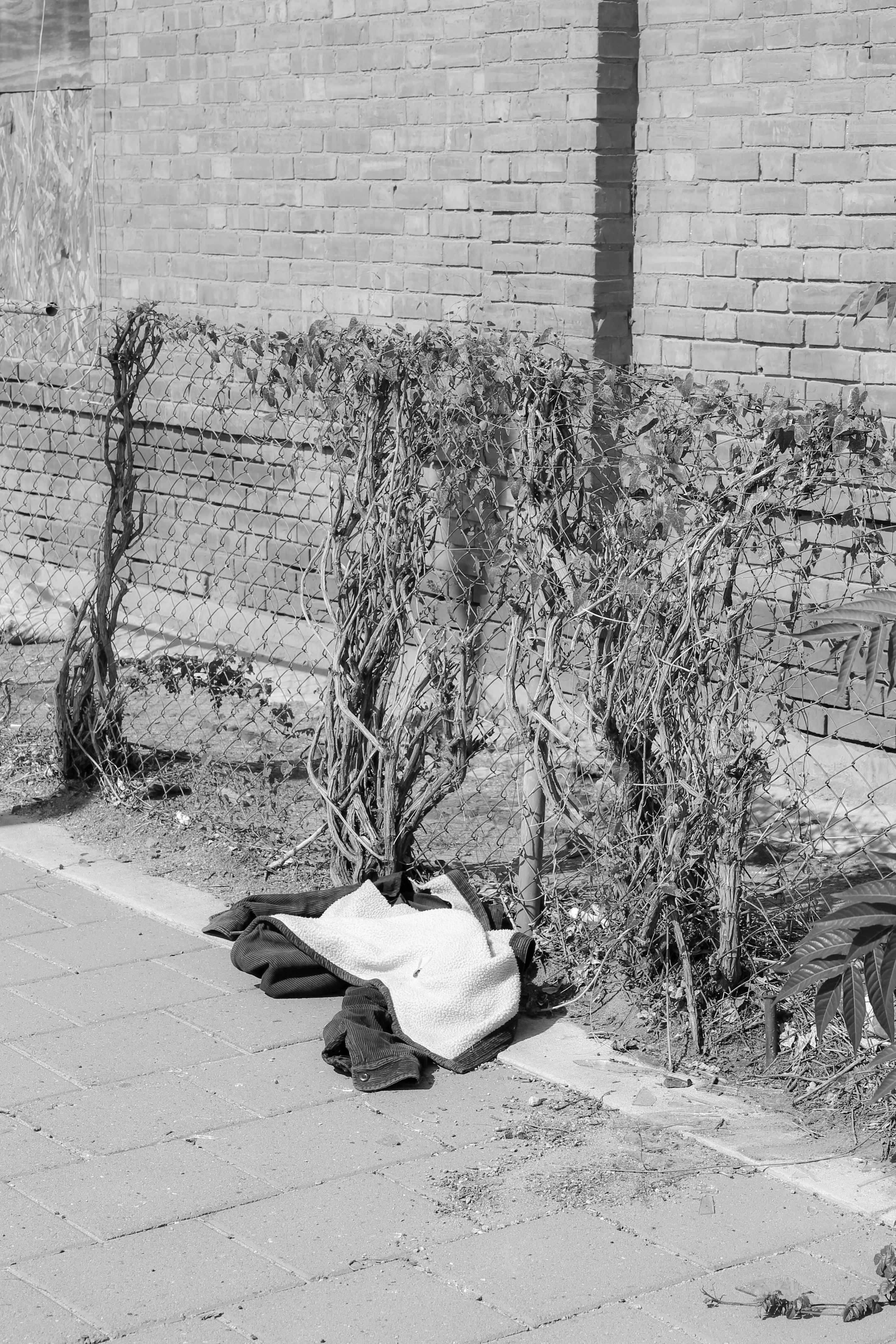

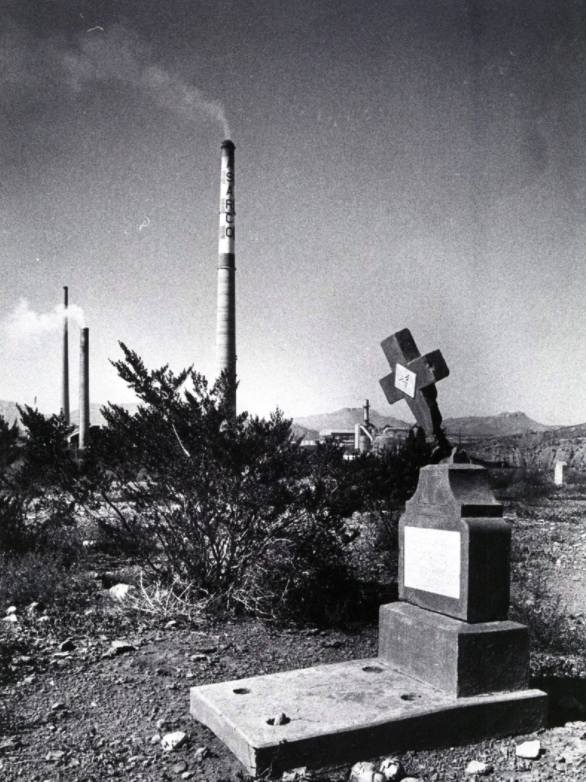




By 2050, it is estimated that up to 1,200,000,000 people could be forcibly displaced around the globe due to an increasingly uninhabitable climate. This will be the largest forced movement in the history of humanity - and we are vastly underprepared. Focusing on El Paso/Juarez at the US-Mexico border and the region of Peten, Guatemala at the borders of Mexico and Belize, this project aims to sketch out a potential urban framework of decolonisation, porosity and resilience for the border regions that will soon become the edges of tomorrow’s world.
In a global and hybrid planet, where experience of the unfamiliar and of uncertainty is practically everyday, this condition is born on the border itself; that is, in everything that makes the border. This includes uncertain places; uncertain times, uncertain identities that are ambiguous, incomplete or optional; indeterminate or inbetween situations; uncertain relationships. These are border landscapes, in which encounters and experiences bring into relation a here and an elsewhere; a same and another; a local fact and a global fact and a global context. It is thus It is by way of what happens in the borderlands that we are both in the world and of the world. -- Michel Agier, Borderlands (2016)
With special thanks to:
Baltazar and Emanuel Girón, Dr Josiah Heyman, Dr Irit Katz, Bill and Athena Steen, Oso, Benito and Panther Steen, Paul Ratje, Mike and Pat Taylor, Shawn Wu, Elizabeth Gandarilla, Toño Mardano, Valentina Antollini, the Annunciation House staff, Ersela Kripa, and the countless others who have made this work possible.
